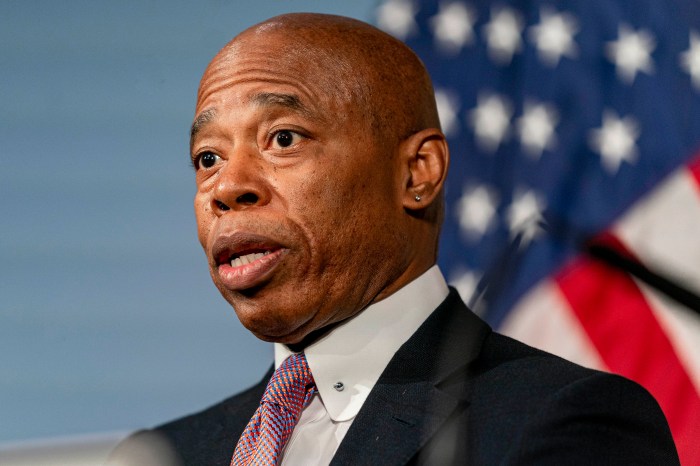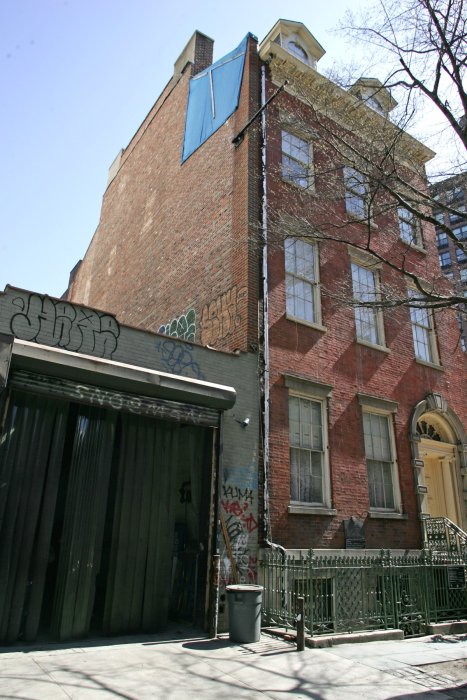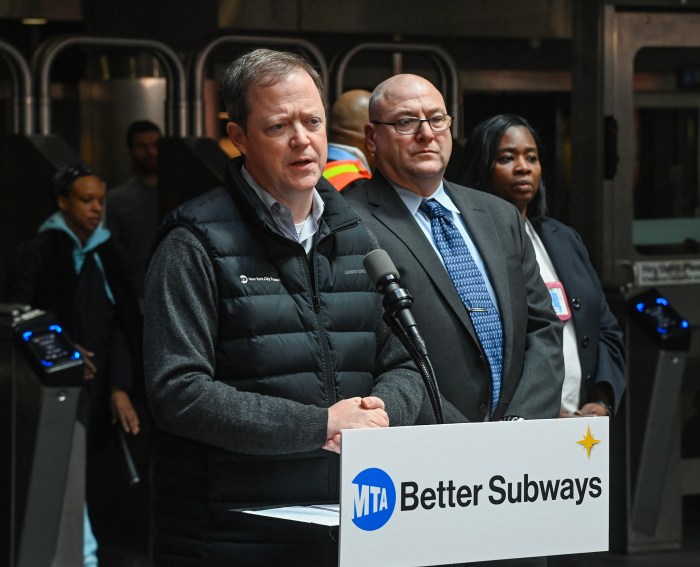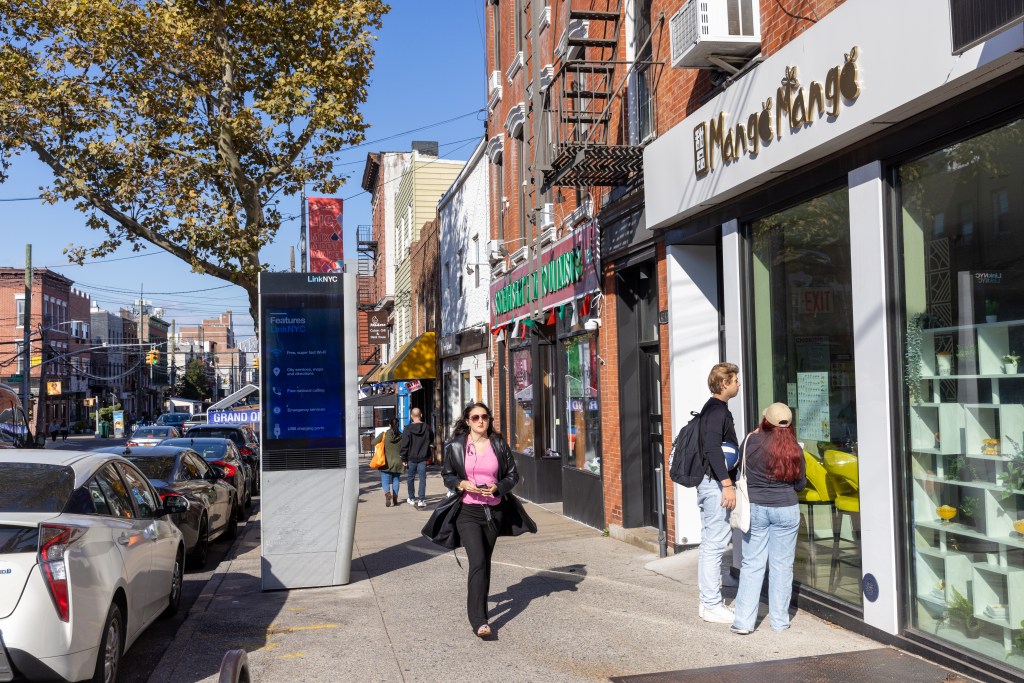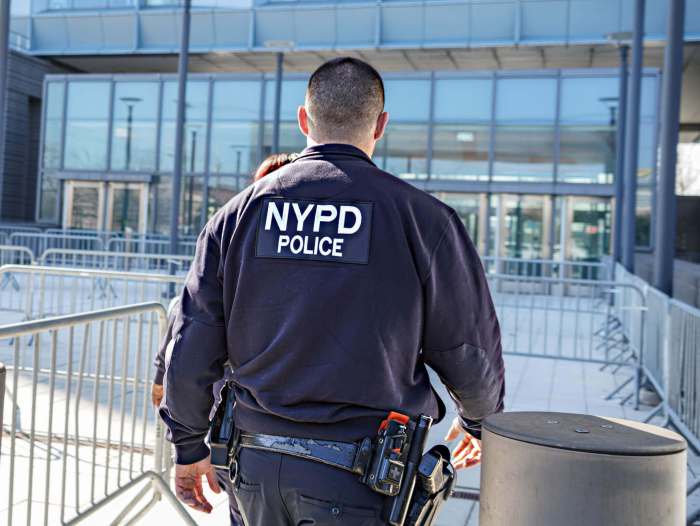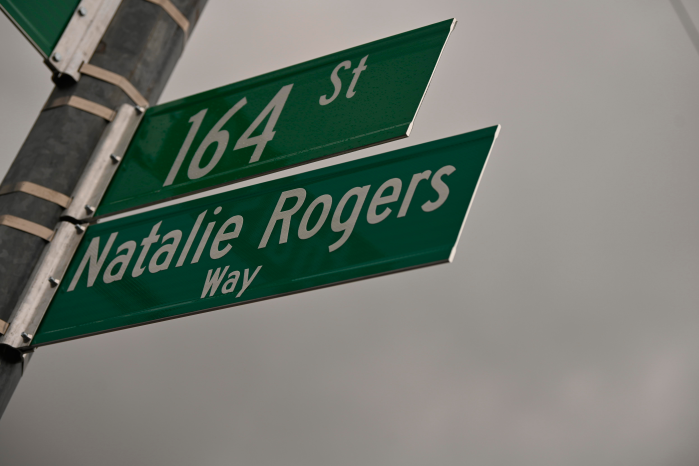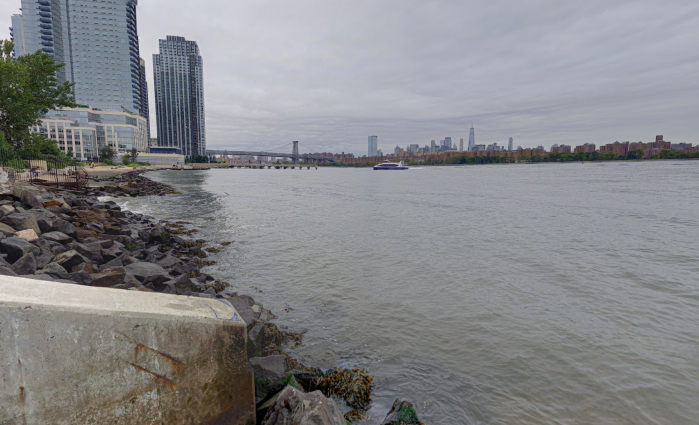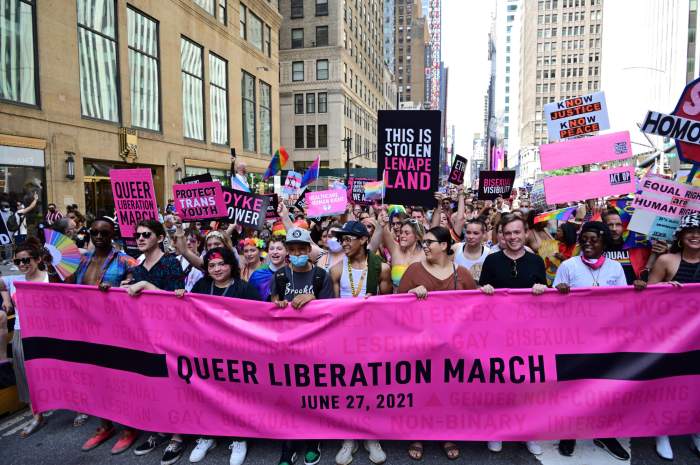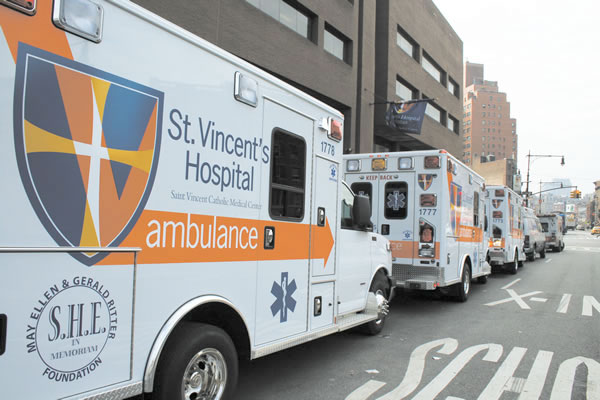
BY ALAN J. GERSON
Leaving Manhattan’s entire West Side below 59th Street without a full-service emergency room with full hospital support continues to play Russian roulette with the lives of residents, workers, businesspersons and visitors. Just recently the state established the Berger Commission to identify hospitals that could be closed with minimal adverse impact. The Commission decided not to include St. Vincent’s on its closure list. If anything, the Lower West Side’s residential population has since increased, and the tourist and business population is about to explode with the opening of the 9/11 Memorial and Museum and the completion of the towers.
The proposed St. Vincent’s replacement consists of a stand-alone approximation of an emergency room not connected to a hospital — to which patients in need will be transferred. This model jeopardizes patients requiring a quick hospital response. Urgent-care centers remain needed throughout the city to reduce nonemergency use of emergency rooms. However, our medical system needs these centers to supplement, not replace, hospital emergency rooms. Moreover, the failure to maintain the Level 1 trauma capability of St. Vincent’s amounts to a dangerous shortcoming in disaster preparedness, with possibly catastrophic results. The failure to maintain even a scaled-down hospital amounts to a big hole in community health coverage.
The critical need for a hospital emergency room and the danger posed by the proposed stand-alone care center was recently brought home to me when my father, Herman Gerson, was rushed to the hospital with severe stomach pain. The night before, he was the only household member who ate salmon, and so we suspected food poisoning. His doctor and the E.M.T.’s concurred and brought him to the N.Y.U. Medical Center emergency room to deal with that.
After a radiological screening, it turned out my father had a life-threatening bowel obstruction, having nothing to do with what he ate — requiring emergency surgery. Surgeons immediately prepared the operating room, because with every moment, more of his bowel died and increased the risk of fatality. In the end, the surgery was successful and Herman is recovering, thank G-d and thanks to the N.Y.U. physicians and nurses.
Had the proposed emergency-care center been open, I have little doubt the ambulance would have taken my father there — given everyone’s suspicion of bad salmon and Herman’s preference for not leaving the Village. It remains unclear whether the care center will have the radiological equipment needed to diagnose an obstruction. However, the care center will not have surgical capability, so they would have transferred my father to one of the East Side hospitals. The extra time — calling an ambulance, getting him back into an ambulance, traveling crosstown and uptown, and getting him resituated in the hospital — would have resulted in the loss of a greater portion of his bowel. This, in turn, would have entailed, at best, a graver operation and, at worst, death.
We all most need an emergency room when minutes matter most — appendicitis requiring surgery, a stroke requiring an embolectomy, a heart attack requiring cardiac intervention. Once diagnosed, the sooner the procedure, the better the prognosis — and significant delay could prove fatal. Without St. Vincent’s, every emergency room below 59th St. is located on the East Side. Every New Yorker knows of any number of scenarios when quick crosstown access is not available.
Statistics — and experience — show that those substitute emergency rooms, in any event, lack the capacities to pick up the St. Vincent’s emergency patient load, without undue and potentially dangerous delays and overcrowding. The N.Y.U. emergency room to which my father was taken contained stretcher gridlock, which all personnel to whom I spoke attributed to the St. Vincent’s overflow. A neighbor recently reported the same situation at the Beth Israel emergency room. Bellevue’s emergency room has seen a 25 percent patient increase. Even if the Greenwich Village care center takes some of the patients not requiring hospitalization, these lifesaving emergency rooms will remain overcrowded. The East Side hospitals had developed their emergency room expansion plans well before the St. Vincent’s closure and did not take that into account.
On 9/11, St. Vincent’s prepared to receive mass casualties. Due tragically to the mass fatalities, the casualties never materialized. Ever since, disaster response planning for Lower Manhattan had included the Level 1 trauma facility of St. Vincent’s. A recent police incident in the Holland Tunnel should remind us that the St. Vincent’s site remains in proximity to one of the world’s greatest concentrations of sensitive facilities and terrorist targets. Bellevue Hospital, at 29th St. and First Ave., now provides our closest Level 1 trauma center and the only one below 59th Street.
This — in policy terms — is nuts. Any number of disaster scenarios involve insufficient capacity at or blocked access to Bellevue — and any number of reasons why emergency vehicles should not have to travel through Times Square or Midtown to reach a backup facility. Prudent preparedness dictates that the city maintain a facility on the West Side in proximity to Lower Manhattan with capabilities for a disaster response. The St. Vincent’s site provides the added advantage of also serving as a trauma backup for Midtown. Government spends hundreds of millions annually for disaster preparedness for Downtown, which could all be for naught if the area lacks adequate emergency room facilities.
A community hospital brings critical services to meet the special health needs of its community. St. Vincent’s became one of the first centers to provide compassionate, expert care to people with AIDS and H.I.V. The St. Vincent’s Department of Psychiatry worked closely with schools to provide crucial mental health services to children affected by 9/11. Through its Chinatown arm, St. Vincent’s played an important role in the Hepatitis B pilot program. The St. Vincent’s Emergency Department, under the leadership of Dr. Richard Westfal, played a key role in the pilot program Community Board 2 organized to improve the survival rate of people in cardiac arrest. A care center lacking a hospital’s expertise could not have fulfilled these truly lifesaving roles.
Replacing St. Vincent’s with a real emergency room and hospital remains not only critical to our community, but also financially viable. If the St. Vincent’s site could sustain a hospital for more than 160 years, through times and crises leaner and more severe than the present, there can be no good reason why it cannot continue to do so. What is needed is for public officials, especially Mayor Bloomberg, to heed our abandoned community’s demand for help.
Estimates for a new emergency room with a scaled-down hospital range from $350 million to $450 million. By contrast, New York City’s annual capital budget runs more than $12 billion — and I can assure you that it contains many items far less imperative than this hospital. There is no reason why governmental leadership cannot come up with the necessary capital funds through a combination of public funding and philanthropic funds (with naming rights). The area served by St. Vincent’s includes some of the city’s wealthiest neighborhoods. There is no reason why a well-managed hospital could not serve both its wealthy and indigent clientele. The St. Vincent’s campus sits on some of our city’s most valuable real estate. There is no reason why government could not work with the developer and the community to come up with a plan to partially cross-subsidize a new hospital.
In court papers that Dr. Robert Adelman, attorney Dudley Gaffin and I filed in the St. Vincent’s Bankruptcy Court proceeding, with support from community activists, we presented evidence that a hospital emergency room remains feasible, and that the bankruptcy and governmental processes had not exhausted that possibility. Our evidence included a sworn affidavit regarding conversations with leaders of two major academic medical centers with serious interest in operating a hospital annex on the St Vincent’s site.
We also presented an expression of interest by the National Football League Players Alumni Association in collaborating to create a facility that would also serve their members. We brought to court one investor, Jim Pastreich, prepared to testify that he was interested in developing a plan that included a hospital — while providing at least as much recovery to creditors as the Rudin plan — along with evidence of interest by other investors. Neither we, nor any group, could be expected to present a final blueprint for a hospital plan without a green light from a ranking governmental public official. Few if any hospitals or investors will risk important relationships by going public in opposition to a plan they perceive as a done deal, the perception generated by the current plan’s proponents.
While our attorney and we felt that the law was on our side, we anticipated the judge would rule for the developer. In the end, we decided that the costs of a Bankruptcy Court appeal, which could easily run into six figures, and the time and effort would best be applied to obtaining an emergency room and hospital through the political process underway and, if need be, filing a court action down the line in New York State Supreme Court. Our court papers, in the meantime, provide ample grounds for agencies to send the current plan back to the drawing board and for the city or state to actively lead an effort to come up with the needed hospital emergency room.
What our community has witnessed thus far in the St. Vincent’s saga is a classic case of governmental inaction precipitated by excessive political influence. The Rudins remain one of the most politically influential of developers. North Shore-Long Island Jewish Health System’s chief executive officer, Michael Dowling, has earned the reputation as the state’s most politically connected hospital C.E.O.
To be sure, the Rudins and Dowling have contributed much to our city. Bill Rudin has provided meaningful leadership to Lower Manhattan’s revitalization. The North Shore-L.I.J. system, under Dowling’s leadership, saves lives every day. But, in the case of the St. Vincent’s site, Rudin and Dowling are pursuing their respective financial and institutional interests at the expense of our community’s safety and health. In Rudin’s case, maximizing the profit on his very prime real estate development involves minimizing any cross-subsidy or space allocation to a hospital. In Dowling’s case, creating the emergency-care center enables the North Shore-L.I.J. system to expand its Manhattan market share without expending funds on a real emergency room and hospital. The North Shore-L.I.J. system recently acquired Lenox Hill Hospital, and a Village care center is clearly intended to channel Village and Downtown patients in need of hospitalization uptown to Lenox Hill.
The Rudin organization and the North Shore-L.I.J. system cannot entirely be faulted for putting their interests first. Rudin and North Shore-L.I.J. could, however, make it clear that they would work with the community to come up with a formula for a real emergency room and a small-scale hospital.
Government, however, bears the ultimate responsibility of balancing private-sector interests with the public interest — especially with life and health at stake. Our elected officials, particularly Mayor Bloomberg, need to evince true leadership to assure the continuation of 161 years of emergency healthcare in Greenwich Village, Chelsea and Lower Manhattan.
The Mayor’s Planning Commission must reject zoning changes that would facilitate developing the St. Vincent’s site without an emergency room and hospital. If the city fails to lead, the state — in particular, the state Department of Health, which has ultimate responsibility over hospital development and placement — will need to step in to assure the emergency room and hospital. Our city and state must heed one of 9/11’s chief lessons — that prudent planning for health, safety and preparedness must come before planning for development, market share and profit.
Gerson served as the City Councilmember representing Lower Manhattan’s District 1 (which did not include, but was served by, St. Vincent’s Hospital) from 2002 through 2009.









